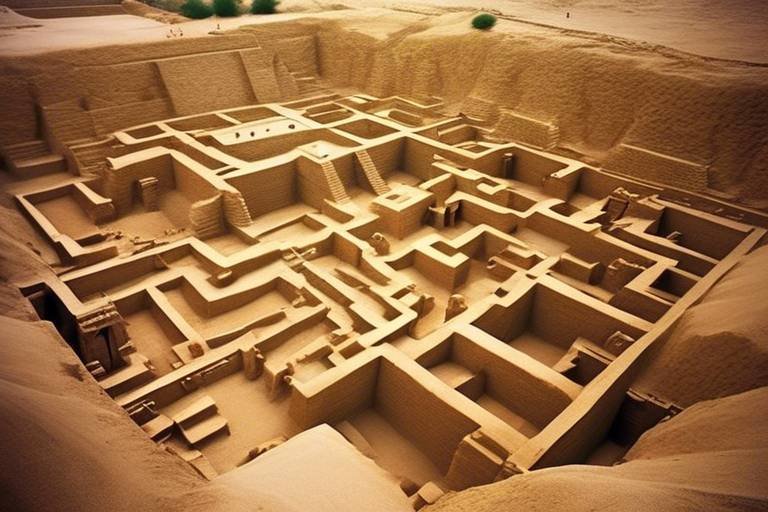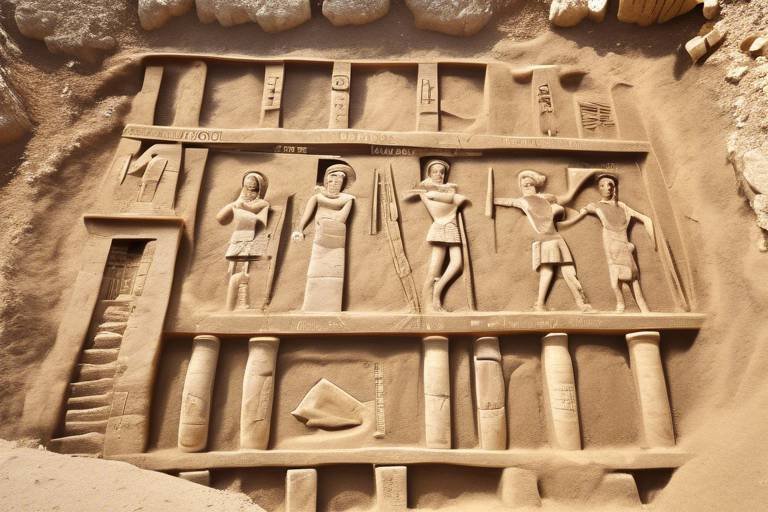The Indus Valley Civilization - Mysteries Uncovered
The Indus Valley Civilization, one of the oldest and most fascinating ancient civilizations, continues to captivate historians and archaeologists with its mysteries waiting to be unraveled. As we delve into the remnants of this enigmatic civilization, we are met with a tapestry of advanced urban planning, intricate writing systems, and flourishing trade networks that hint at a sophisticated society thriving in the ancient past.
Imagine walking through the meticulously planned streets of Mohenjo-Daro and Harappa, marveling at the advanced drainage systems and grid layouts that speak volumes about the urban sophistication of the Indus Valley people. The precision with which public and private spaces were organized within these cities reflects a level of civic planning that was ahead of its time.
Among the most intriguing aspects of the civilization is the Indus script, a written language that has remained a mystery to scholars. The intricate symbols and inscriptions found on artifacts hold the key to unlocking the linguistic code of a civilization that left behind no Rosetta Stone to decipher its secrets.
Trade and commerce were the lifeblood of the Indus Valley Civilization, with extensive networks connecting distant regions for the exchange of goods ranging from pottery to precious stones. The economic prosperity and cultural interactions facilitated by these trade routes laid the foundation for the civilization's growth and influence.
Delving into the religious beliefs and rituals of the Indus Valley people reveals a tapestry of spiritual practices intertwined with daily life. Temples, figurines, and seals offer glimpses into the deities and rituals that held significance for the ancient inhabitants, shedding light on their worldview and cultural practices.
As we explore the social structure and governance of the civilization, we uncover a complex hierarchy that governed the roles of rulers, priests, artisans, and farmers in maintaining societal order. The administrative structures put in place reflect a system of governance that ensured stability and cohesion within the community.
The artistic achievements of the Indus Valley Civilization are evident in the exquisite pottery, sculpture, jewelry, and seals that have survived the test of time. The craftsmanship and aesthetic sensibilities displayed in these artifacts speak to a society that valued creativity and beauty in its everyday life.
Adaptation to the environment was crucial for the survival of the Indus Valley people, who utilized natural resources for agriculture, water management, and sustainable living practices. The civilization's ability to thrive in harmony with its surroundings highlights a deep understanding of ecological balance and resource management.
As we ponder the decline of the civilization, theories abound regarding the factors that led to its eventual collapse. Whether due to environmental catastrophes, invasions, or internal conflicts, the legacy of the Indus Valley Civilization endures in the shaping of South Asian culture and history, leaving an indelible mark on modern societies.

Urban Planning and Infrastructure
Exploring the ancient civilization of the Indus Valley, its advanced urban planning, writing system, and trade networks. Uncovering the enigmatic decline of the civilization and the ongoing archaeological discoveries shedding light on its mysteries.
Delving into the well-structured cities of Mohenjo-Daro and Harappa, where meticulous urban planning and sophisticated infrastructure mesmerize archaeologists and historians alike. The grid layouts, advanced drainage systems, and remarkable architecture of these ancient urban centers showcase a level of organization and engineering prowess that astounds even in the modern era.
Imagine walking through the streets of Mohenjo-Daro, marveling at the systematic arrangement of houses, public buildings, and markets. The careful segregation of residential and commercial areas, along with the presence of public baths and granaries, speaks volumes about the meticulous planning and foresight of the Indus Valley inhabitants.
Their innovative use of baked brick in construction, along with the intricate network of underground drains, reflects a society that valued cleanliness, efficiency, and sustainability. The city's layout, with streets running perpendicular to each other in a grid pattern, not only facilitated movement but also contributed to a sense of order and harmony.
Moreover, the presence of citadels in these cities suggests a hierarchical structure or a defense mechanism, adding layers of complexity to our understanding of urban life in the ancient Indus Valley Civilization. The integration of public and private spaces, along with the emphasis on urban amenities, highlights a society that prioritized community well-being and social cohesion.
As we unearth more about the urban planning and infrastructure of the Indus Valley Civilization, we are confronted with a civilization that was not just advanced for its time but also remarkably forward-thinking in its approach to city living.
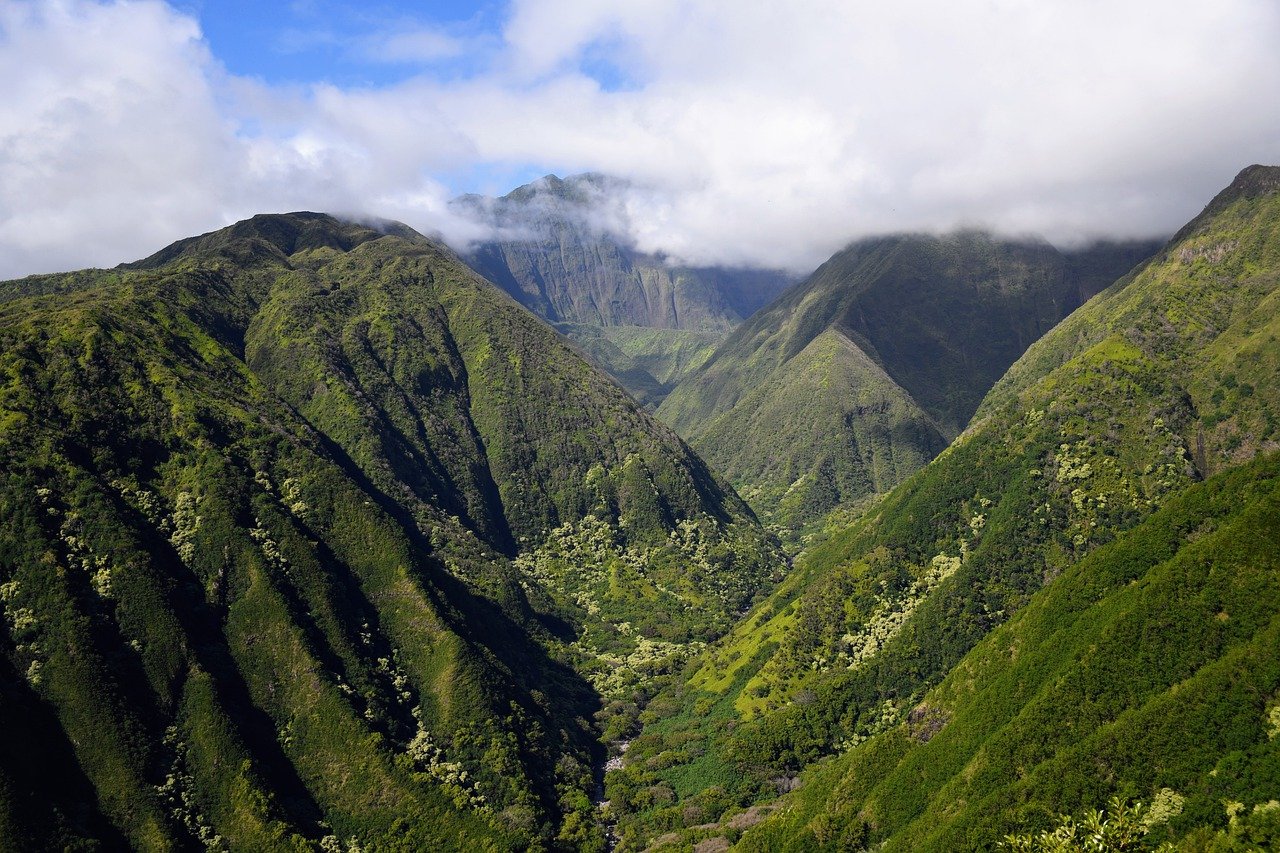
Indus Script and Language
Deciphering the Indus script has been a monumental challenge for archaeologists and linguists alike, as the written language used by the ancient Indus Valley Civilization remains undeciphered to this day. The enigmatic symbols and inscriptions found on seals, pottery, and other artifacts have puzzled researchers for decades, with no definitive translation in sight. Scholars have proposed various theories and hypotheses regarding the nature of the script, ranging from a logographic system to a proto-writing form.
One of the key mysteries surrounding the Indus script is the lack of a bilingual text or Rosetta Stone equivalent that could provide a crucial clue for decipherment. Without a known translation or bilingual context, interpreting the meaning behind the intricate symbols has proven to be a daunting task. The script's elusive nature adds to the mystique of the Indus Valley Civilization, leaving many questions unanswered about the language spoken by its ancient inhabitants.
Recent advancements in computational analysis and machine learning have offered new avenues for researchers to tackle the Indus script puzzle. By applying statistical algorithms and pattern recognition techniques to the corpus of inscriptions, scholars hope to uncover patterns, recurring sequences, or linguistic features that could lead to a breakthrough in deciphering the ancient language. These innovative approaches represent a fusion of traditional archaeological methods with cutting-edge technology, pushing the boundaries of our understanding of the Indus script.
Despite the challenges and complexities involved in deciphering the script, ongoing excavations and discoveries in the Indus Valley region continue to provide fresh insights into the civilization's linguistic heritage. The discovery of new artifacts, inscriptions, and archaeological sites offers glimpses into the daily life, cultural practices, and possibly the written communication of the ancient Indus people. Each new finding brings us closer to unraveling the mysteries encoded in the enigmatic symbols of the Indus script, shedding light on a civilization that thrived thousands of years ago.

Trade and Commerce
Trade and commerce were integral components of the Indus Valley Civilization, facilitating connections with distant regions and fostering economic prosperity. The civilization's trade networks were extensive, enabling the exchange of a variety of goods such as pottery, metals, and precious stones. Through the discovery of artifacts and archaeological evidence, we can trace the routes and mechanisms through which these commodities were traded.
The Indus Valley people engaged in both local and long-distance trade, showcasing their advanced understanding of commerce and cultural interactions. The presence of seals and standardized weights suggests a well-organized system of trade, where merchants maintained consistency and reliability in their transactions. This level of commercial sophistication highlights the civilization's economic prowess and its ability to thrive through exchange and specialization.
Moreover, the trade routes of the Indus Valley Civilization played a crucial role in connecting different regions, fostering cultural exchange, and shaping societal dynamics. The circulation of goods not only contributed to the material wealth of the civilization but also facilitated the spread of ideas, technologies, and artistic influences. By delving into the trade practices of the ancient Indus Valley, we gain insights into the interconnectedness of human societies and the significance of commerce in shaping historical developments.

Religion and Rituals
Religion and rituals played a significant role in the daily life of the Indus Valley civilization, offering insights into their spiritual beliefs and practices. Archaeological findings have unearthed temples, figurines, and seals that provide clues to their religious customs. The presence of intricate seals depicting various symbols and animals suggests a complex system of beliefs, possibly involving ritualistic ceremonies and worship.
One of the most intriguing aspects of the Indus Valley religion is the enigmatic figure known as the "Priest-King," symbolizing a central authority or religious leader within the society. The presence of ritual bathing platforms and fire altars in the archaeological sites indicates the performance of sacred ceremonies and offerings, highlighting the importance of rituals in their spiritual worldview.
The discovery of terracotta figurines representing deities or mythical beings hints at a pantheon of gods worshipped by the ancient inhabitants. These figurines, often depicting fertility goddesses or animal motifs, suggest a reverence for nature and the cycle of life. The seals found with inscriptions and symbols may have been used in religious rites or as talismans for protection and prosperity.
Interpreting the significance of these religious artifacts and practices provides a glimpse into the cultural and spiritual landscape of the Indus Valley civilization. The presence of sacred spaces within the urban centers and the intricate craftsmanship of religious objects reflect a society deeply rooted in its beliefs and traditions.

Social Structure and Governance
The social structure and governance of the Indus Valley Civilization provide insights into the organization and functioning of this ancient society. At the top of the hierarchy were rulers and priests who held significant power and influence over the population. The rulers were responsible for maintaining law and order, overseeing trade relations, and leading military endeavors when necessary. Priests played a crucial role in religious ceremonies, ensuring the favor of deities for the prosperity of the civilization.
Beneath the rulers and priests were artisans and craftsmen who contributed to the cultural and economic development of the civilization. Artisans specialized in pottery, sculpture, jewelry making, and other crafts, producing exquisite artifacts that showcased the artistic prowess of the Indus Valley people. Their skills were highly valued and played a vital role in trade and commerce.
Farmers formed the backbone of the Indus Valley society, cultivating crops such as wheat, barley, and cotton to sustain the population. Their labor supported the economy and ensured food security for the entire civilization. The efficient agricultural practices of the Indus Valley people allowed for surplus production, enabling trade with neighboring regions.
Governance in the Indus Valley Civilization was likely hierarchical, with local administrators overseeing day-to-day affairs in various cities and regions. These administrators reported to higher authorities, ensuring the smooth functioning of the government and the implementation of policies. The presence of administrative seals and inscriptions suggests a bureaucratic system that maintained records and regulated activities.
The social structure of the civilization was stratified, with individuals belonging to different classes based on their occupation and status. This stratification facilitated the division of labor, with each group contributing to the overall functioning of society. While rulers and priests held positions of authority, artisans, farmers, and laborers played essential roles in sustaining the economy and cultural life of the civilization.

Art and Craftsmanship
Art and craftsmanship in the Indus Valley Civilization represent a remarkable blend of skill, creativity, and cultural expression. The artisans of this ancient civilization excelled in various forms of artistic endeavors, leaving behind a legacy of exquisite artifacts that provide insights into their aesthetic sensibilities and technical prowess. Pottery, sculpture, jewelry, and seals are among the key mediums through which the artistic achievements of the Indus Valley people are showcased.
The pottery of the Indus Valley stands out for its fine craftsmanship and intricate designs. Decorated with geometric patterns, animal motifs, and stylized figures, Indus pottery reflects the artistic sophistication of the civilization. The use of multiple colors and precise detailing on pottery vessels indicate a high level of skill and artistry possessed by the ancient potters.
Sculpture in the Indus Valley Civilization is characterized by small terracotta figurines depicting human and animal forms. These sculptures, though diminutive in size, exhibit a remarkable attention to detail and a keen observation of anatomy. The figurines offer glimpses into the daily life, religious beliefs, and cultural practices of the Indus Valley people, showcasing their artistic prowess in capturing nuances of expression and posture.
Jewelry found in the archaeological remains of the civilization showcases the expertise of Indus artisans in working with metals and precious stones. Intricately crafted necklaces, bracelets, earrings, and headdresses adorned with beads, carnelian, and other gemstones demonstrate a sophisticated understanding of design and aesthetics. The use of various techniques such as filigree work, granulation, and inlay points to the advanced skills of ancient Indus jewelers.
Seals are another significant aspect of Indus Valley craftsmanship, with thousands of seals discovered bearing intricate designs and inscriptions. These seals, typically made of steatite or faience, served as markers of identity and authority, often depicting animals, deities, and symbols. The precision of engraving and the artistic finesse displayed on these seals highlight the mastery of seal makers in the civilization.
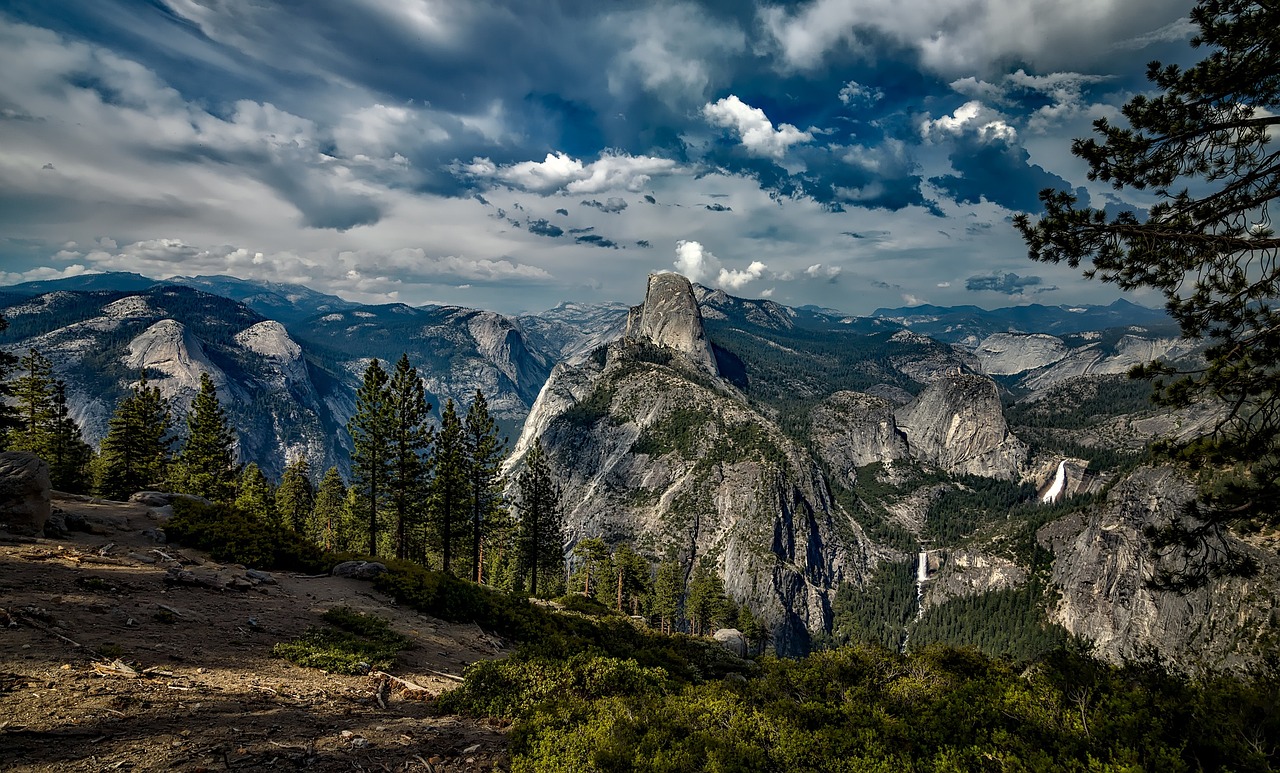
Environmental Adaptation
The Indus Valley Civilization was a remarkable example of environmental adaptation, where the ancient people ingeniously utilized natural resources to thrive in a challenging landscape. Situated along the fertile plains of the Indus River, the civilization embraced sustainable practices for agriculture, water management, and overall survival.
One of the key aspects of environmental adaptation in the Indus Valley was their sophisticated agricultural techniques. The inhabitants constructed intricate irrigation systems to harness the river's waters for crop cultivation. By efficiently managing water resources, they were able to support a thriving agricultural economy that sustained their urban centers.
Furthermore, the Indus Valley people demonstrated a deep understanding of environmental cycles and seasonal changes. They adapted their farming practices to suit the monsoon patterns, ensuring optimal crop yields and food security for the population. This harmonious relationship with nature allowed them to flourish for centuries.
In addition to agriculture, the civilization excelled in water management, utilizing wells, reservoirs, and drainage systems to control flooding and conserve water. The advanced urban planning of cities like Mohenjo-Daro and Harappa included efficient sewerage systems that maintained cleanliness and hygiene within the population centers.
The Indus Valley inhabitants also displayed a keen awareness of sustainable living practices. They utilized renewable resources judiciously, avoiding overexploitation of the land and forests. By living in harmony with their environment, they ensured the longevity of their civilization.
Overall, the environmental adaptation of the Indus Valley Civilization stands as a testament to human ingenuity and resilience in the face of challenging conditions. Their ability to coexist with nature while harnessing its resources for development serves as an inspiring example of sustainable living for modern societies to reflect upon.
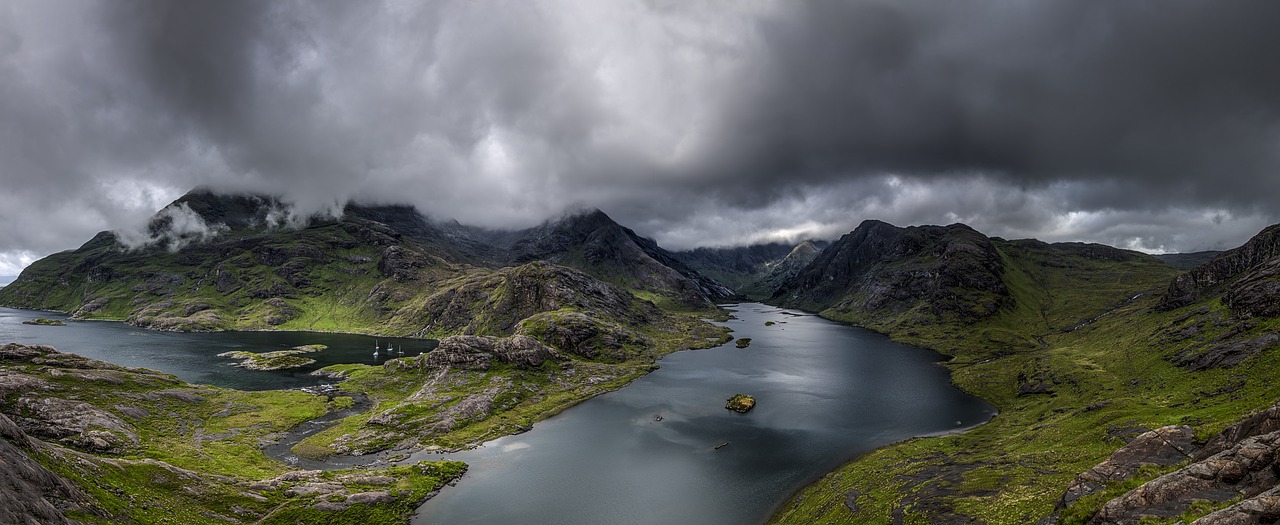
Decline and Legacy
Exploring theories surrounding the decline of the Indus Valley Civilization reveals a complex tapestry of possible causes. Some scholars suggest that environmental disasters, such as floods or droughts, may have played a significant role in the downfall of this once-flourishing civilization. The reliance on a sophisticated irrigation system for agriculture could have made the society vulnerable to natural calamities, leading to food shortages and societal unrest.
Additionally, the possibility of invasions by outside forces has been proposed as a contributing factor to the decline of the civilization. The presence of defensive structures in some Indus Valley cities indicates a potential threat from neighboring communities or nomadic tribes. Conflict and warfare could have disrupted trade networks and destabilized the region, ultimately leading to the collapse of the urban centers.
Internal conflicts and social upheaval are also considered as potential causes for the decline of the civilization. Disputes over resources, power struggles among ruling elites, or a breakdown in societal order could have weakened the fabric of the Indus Valley society from within. The lack of a centralized authority to manage crises effectively may have exacerbated internal tensions and contributed to the civilization's eventual decline.
Despite the enigmatic end of the Indus Valley Civilization, its legacy continues to resonate in modern times. The sophisticated urban planning, advanced infrastructure, and intricate craftsmanship of the ancient society have left a lasting impact on South Asian culture and history. The legacy of the civilization can be seen in the cultural practices, architectural styles, and artistic traditions of the region, showcasing the enduring influence of the Indus Valley on contemporary societies.
Frequently Asked Questions
- What is the significance of the Indus Valley Civilization?
The Indus Valley Civilization is significant for its advanced urban planning, sophisticated drainage systems, and mysterious script that is yet to be fully deciphered. It provides valuable insights into ancient cultures and trade networks.
- How did the Indus Valley people adapt to their environment?
The Indus Valley people adapted to their environment by utilizing natural resources for agriculture, implementing effective water management systems, and practicing sustainable living techniques. Their environmental adaptation played a crucial role in their civilization's development.
- What are some theories regarding the decline of the Indus Valley Civilization?
Several theories surround the decline of the Indus Valley Civilization, including potential environmental disasters, invasions by outside forces, and internal conflicts within the society. The exact cause of the civilization's decline remains a subject of ongoing research and debate.
- How did trade and commerce contribute to the prosperity of the Indus Valley Civilization?
Trade and commerce played a vital role in the prosperity of the Indus Valley Civilization by connecting distant regions for the exchange of goods such as pottery, metals, and precious stones. These trade networks facilitated economic growth and cultural interactions within the ancient society.
- What is the legacy of the Indus Valley Civilization on modern societies?
The legacy of the Indus Valley Civilization can be seen in its influence on South Asian culture and history, as well as its impact on modern societies through the transmission of knowledge, artistic techniques, and architectural practices. The civilization continues to inspire archaeological research and historical understanding.

